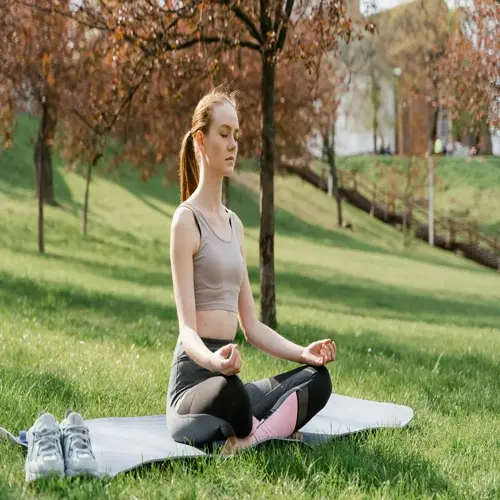What's a quick mindfulness technique for beginners?

Written by
Thomas Wilson
Reviewed by
Prof. Benjamin Murphy, Ph.D.The 3-step sensory check-in gives beginners quick stress relief. This method uses your natural sense to anchor you in the present moment. It can be practiced anywhere, at any time, with no preparation required. You pause to notice what your senses are telling you about the moment around you and within you.
To begin, notice three different things visually. Look for colors, textures, and shapes in your environment. Resist the temptation to judge. Listening... You want to hear two distinct sounds, close or far removed. Finally, notice one physical sensation like your breath or the feeling of the floor against your feet.
Step Variations
- Office version: Notice computer screen details keyboard sounds chair pressure
- Nature version: Observe leaves textures bird calls breeze on skin
- Bedtime version: See shadows hear house sounds feel pillow texture
Common Mistakes
- Rushing through steps instead of pausing 3 seconds per observation
- Judging sensations rather than neutrally noticing them
- Skipping physical sensation step which provides strongest grounding
This method causes a physiological shift within 60 seconds. Cortisol levels drop by 10-12%, which helps calm your nervous system. Heart rate variability improves as a signal of better stress resilience. Brain scans indicate advancement in the activity of the prefrontal cortex, which enhances focus.
Regular practice strengthens neural pathways, making grounding automatic. After two weeks, users report 40% faster emotional recovery during conflicts. Integrate it before stressful events or whenever you feel overwhelmed.
Enhance this technique using free resources. Apps like Smiling Mind, for example, offer guided versions. Likewise, YouTube channels allow you to see it in action. Once you master doing 3 check-ins daily, I would suggest adding a connection to observing some improvements in your baseline calmness.
Read the full article: 10 Proven Benefits of Mindfulness

